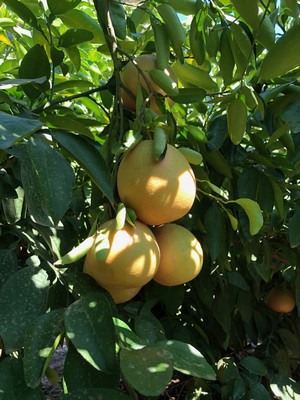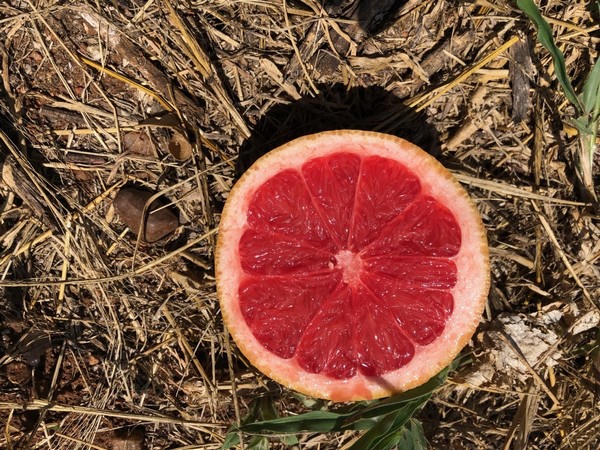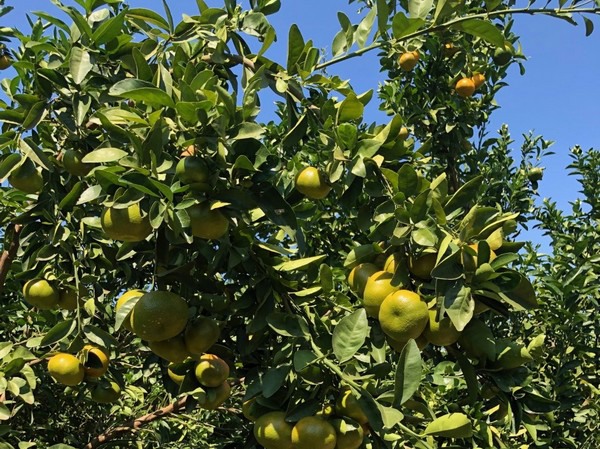This year South Africa will celebrate the 25th year of exporting citrus fruit to the US. The harvest is just getting underway and Miles Fraser-Jones, VP of New Business Development at Sierra Produce has returned to the States after visiting the company’s citrus growers.
“South Africa is our biggest origin for citrus imports, we also import small volumes of grapes and this was our first year importing stone fruit. Although the weather put an early stop to both the grape and stonefruit seasons, we had great quality especially on the stonefruit and see great potential to grow import volumes.”
 The US can only import citrus from the Northern and Western Cape regions due to phytosanitary restrictions imposed by the USDA, but there is hope that these restrictions may be lifted in the future.
The US can only import citrus from the Northern and Western Cape regions due to phytosanitary restrictions imposed by the USDA, but there is hope that these restrictions may be lifted in the future.
“It is looking like it will be a pretty normal citrus season in South Africa,” said Miles. ”We are starting with the early clementine crop and hope to see the first arrivals the last week of May or first week of June. The sizing of the fruit looks to be a bit bigger this season, this is a good thing for the US market as they like the bigger fruits here.”
The wet weather in Cape has not affected the citrus production and volumes are looking to normal.
“We are looking forward to the mid and late season Tangos and Nadercott varieties which are increasing in volume year on year due to increased planting. Previously there was less late fruit, but that is now changing.”

The late season fruit tends to compete with Chilean imports, and with input costs increasing in South Africa there is a price difference on the shelves, but according to Miles the retail buyers want South African fruit as this is what the consumers like.
Sierra Produce is expecting orange volumes to be down by 10% this season but sizes will be bigger.
“We also import Star Ruby grapefruit from the Orang River region, this has been a great success. The season from June until September.”

“All growers are seeing input costs increasing and in South Africa electricity costs have gone up by 31%, labour by 26% and fertilizer by 195%. Meanwhile the cost-of-living crisis is affecting fresh produce sales which are down 10-15% in the US, which leads retail buyers offer less, but we need a fair price to pay our growers.”
Shipping out of the South African ports has always had its issues and delays remain a concern. Break bulk rates (conventional vessels) increased in 2023, but container rates are almost back to pre-covid rates.
Last year Sierra Produce imported 250,000 cartons of citrus from South Africa. This year they hope to reach 1 million cartons. The company has citrus 12 months of year, sourcing from Morocco and Israel in the winter months.
For more information:
Miles Fraser-Jones
Sierra Produce
Office: 856-228-5500
Mobile: 856-693-2217
Email: [email protected]
